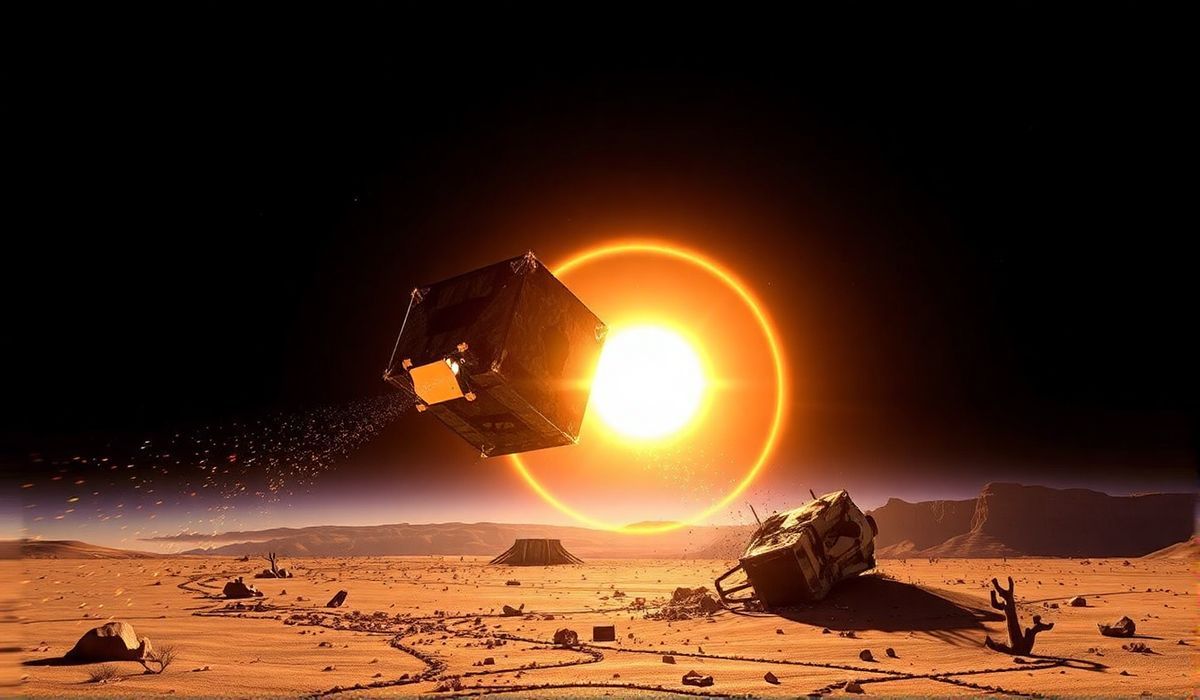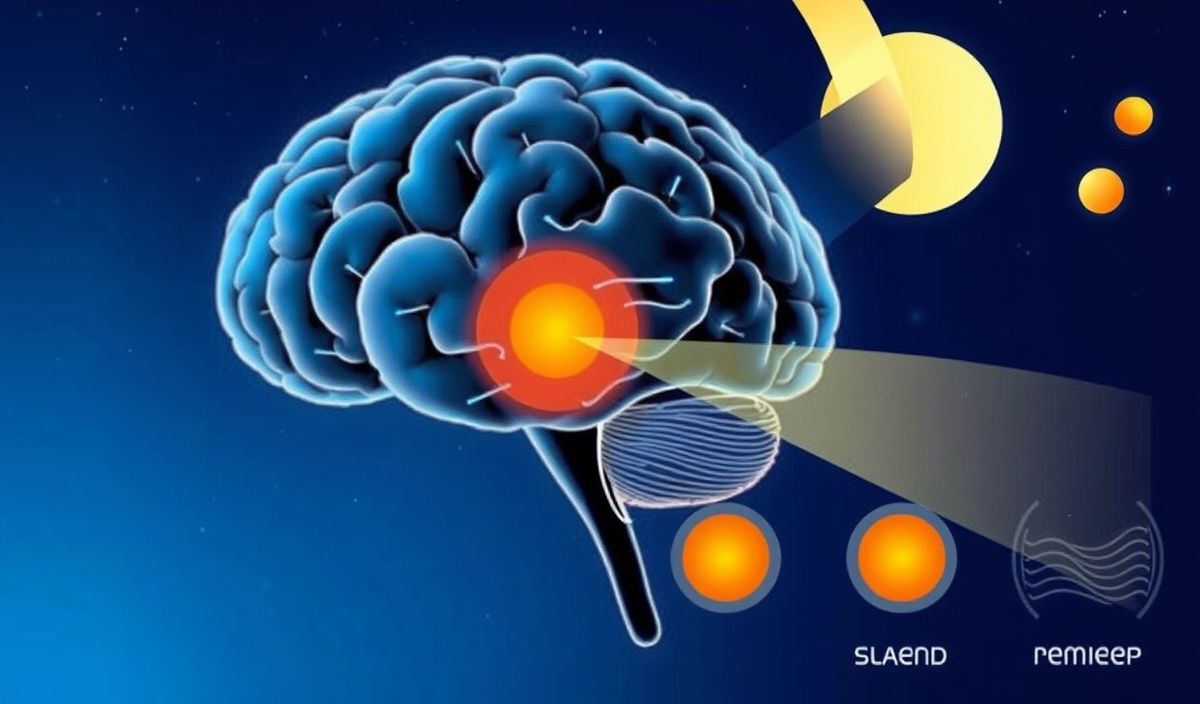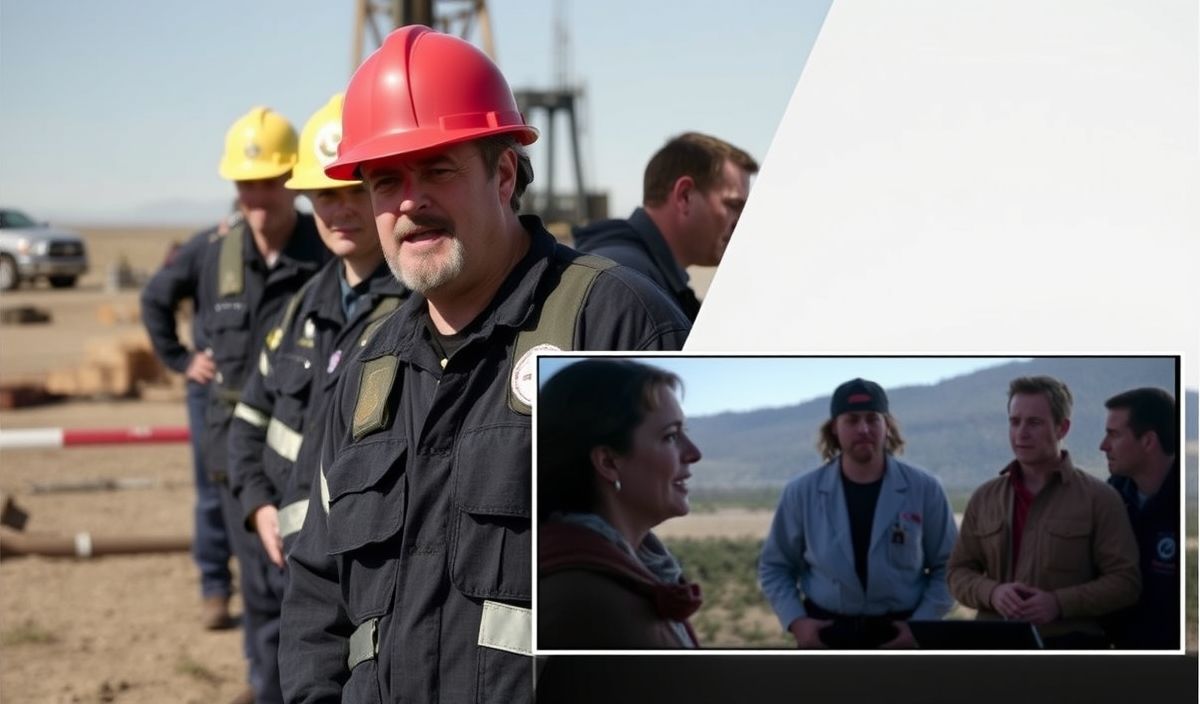Two decades ago, NASA’s Genesis mission aimed to collect and return solar wind particles to Earth, offering unprecedented insights into the composition of our solar system and its origins. However, the mission faced a major setback when the sample return capsule crash-landed in the Utah desert due to a parachute malfunction. Despite the crash, scientists salvaged invaluable data, leading to groundbreaking discoveries about solar wind elements like oxygen and nitrogen isotopes, shedding light on the formation of planets and the early solar system. The mission’s recovery efforts and subsequent findings continue to make significant contributions to space science and exploration.
Vero’s thoughts on the news:
This article highlights the resilience and ingenuity of the scientific community in transforming a near-tragic mission failure into an enduring success. The analysis of solar wind particles captured by the Genesis mission has propelled our understanding of solar and planetary formation. For anyone working in tech or science, this underscores the importance of designing systems that account for extreme edge cases. Furthermore, the way researchers salvaged and analyzed the damaged samples demonstrates the potential of cutting-edge tools and methodologies, a lesson applicable to developing robust solutions in app and software development. It’s inspiring to see how technology and perseverance combined have turned an initial failure into a gold mine of knowledge.
Source: 20 years after crashing in the Utah desert, NASA’s Genesis mission is still teaching us about solar wind – Space.com
Hash: df6de0c2274455f0c11b70ea289c5ada578967ef6287bfc041d60bc8fd164489




